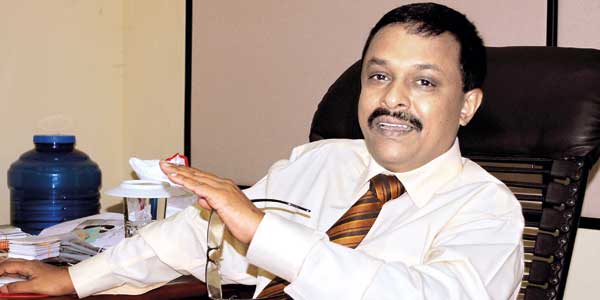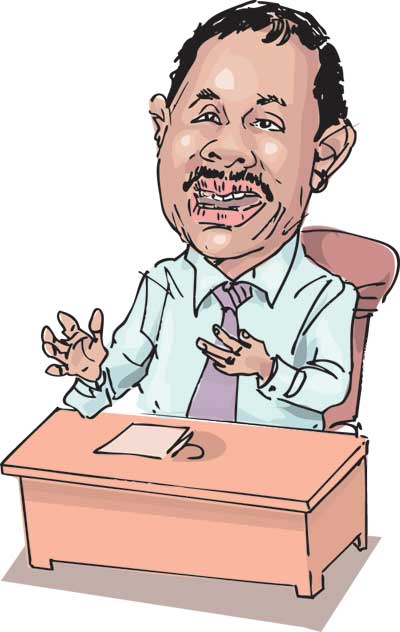Reply To:
Name - Reply Comment
Last Updated : 2024-04-19 21:20:00

.jpg) By Dianne Silva
By Dianne Silva Therefore if a channel changes the antenna pattern or they are using transmitters with a higher power, approved by the TRCSL, or they change the deviation—this automatically disturbs other frequencies and the listeners of these other stations don’t get clear reception. That has been happening for the past 10 to 15 years. When we receive complaints, we have only very short- term answers; we ask the broadcaster to either change the deviation or remove the antenna pattern or to reduce the transmitter power—we issued them warnings of this nature. However that is not a long lasting solution to the problem.
Therefore if a channel changes the antenna pattern or they are using transmitters with a higher power, approved by the TRCSL, or they change the deviation—this automatically disturbs other frequencies and the listeners of these other stations don’t get clear reception. That has been happening for the past 10 to 15 years. When we receive complaints, we have only very short- term answers; we ask the broadcaster to either change the deviation or remove the antenna pattern or to reduce the transmitter power—we issued them warnings of this nature. However that is not a long lasting solution to the problem..jpg)
.jpg)
.jpg)
.jpg)
JA Gunawardena Friday, 23 November 2012 12:42 PM
The new distribution of frequencies is good but TRCSL is not enforcing it.e.g., Yes FM is sid to be on 100.8/101 but in Kandy 101 has some other service perfectly centered at 101 and cutting on to 100.8 completely knocking out the legitimate channel. Complains to YesFM were ignored.

Add comment
Comments will be edited (grammar, spelling and slang) and authorized at the discretion of Daily Mirror online. The website also has the right not to publish selected comments.
Reply To:
Name - Reply Comment
On March 26, a couple arriving from Thailand was arrested with 88 live animal
According to villagers from Naula-Moragolla out of 105 families 80 can afford
Is the situation in Sri Lanka so grim that locals harbour hope that they coul
A recent post on social media revealed that three purple-faced langurs near t